|
LISTEN TO THIS THE AFRICANA VOICE ARTICLE NOW
Getting your Trinity Audio player ready...
|
It began, as many of Elon Musk’s ventures do, with grand ambition, bold proclamations, and a dose of disbelief. When the world’s richest man accepted a role in Donald Trump’s administration to lead a sweeping crusade against what they called “wasteful government,” many thought it a stunt. Instead, it turned into one of the most consequential, and controversial, experiments in U.S. governance in recent memory.
On Wednesday, May 28, 2025, Musk announced his departure from the federal government, ending his tenure as a “special government employee” tasked with shrinking the size of the American state. His vehicle for that mission was the Department of Government Efficiency, better known by its meme-like acronym, Doge, a department that slashed more than 260,000 federal jobs and ignited nationwide protests, lawsuits, and confusion.
“As my scheduled time as a Special Government Employee comes to an end, I would like to thank President @realDonaldTrump for the opportunity to reduce wasteful spending,” Musk posted on X, the social media platform he owns. “The @DOGE mission will only strengthen over time as it becomes a way of life throughout the government.”
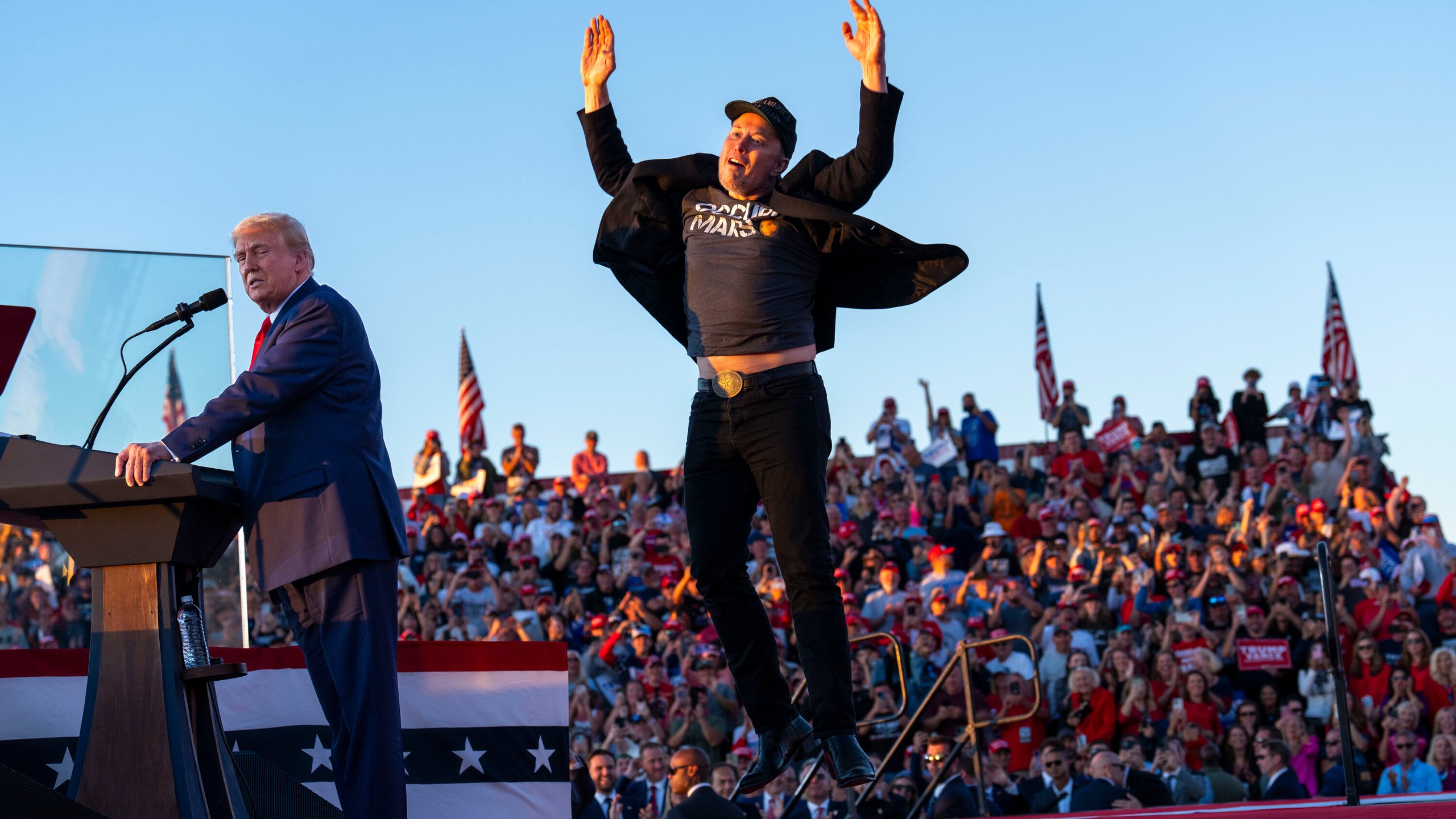
But beneath the sanitized corporate-speak of that farewell post lies a story of bureaucratic brawls, economic shockwaves, political fallout, and a growing sense that Musk’s experiment had spiraled beyond even his own comfort.
Musk was never meant to be a conventional public servant. Appointed shortly after Trump’s second inauguration in January, he was granted a rarely used federal designation that allowed him to serve part-time, no more than 130 days per year, while continuing to lead Tesla and SpaceX. From the outset, his mission was messianic: eliminate “at least $2 trillion” from the bloated federal budget. It was a war on bureaucracy, conducted at Silicon Valley speed.
But like many of Musk’s ventures, the numbers shifted with time. His target dropped from $2 trillion to $1 trillion, then to $150 billion. Still, the layoffs came hard and fast, often chaotically. Judges blocked some of the firings. In one instance, critical staff from the U.S. nuclear program were mistakenly terminated. And through it all, Musk remained defiant, until he wasn’t.
Cracks in the Alliance
The first signs of dissent emerged not from opposition politicians but from Musk himself. On Tuesday, May 27, one day before his resignation, he broke ranks with Trump’s signature legislative effort.
“I think a bill can be big or it can be beautiful,” Musk told CBS. “But I don’t know if it can be both.”
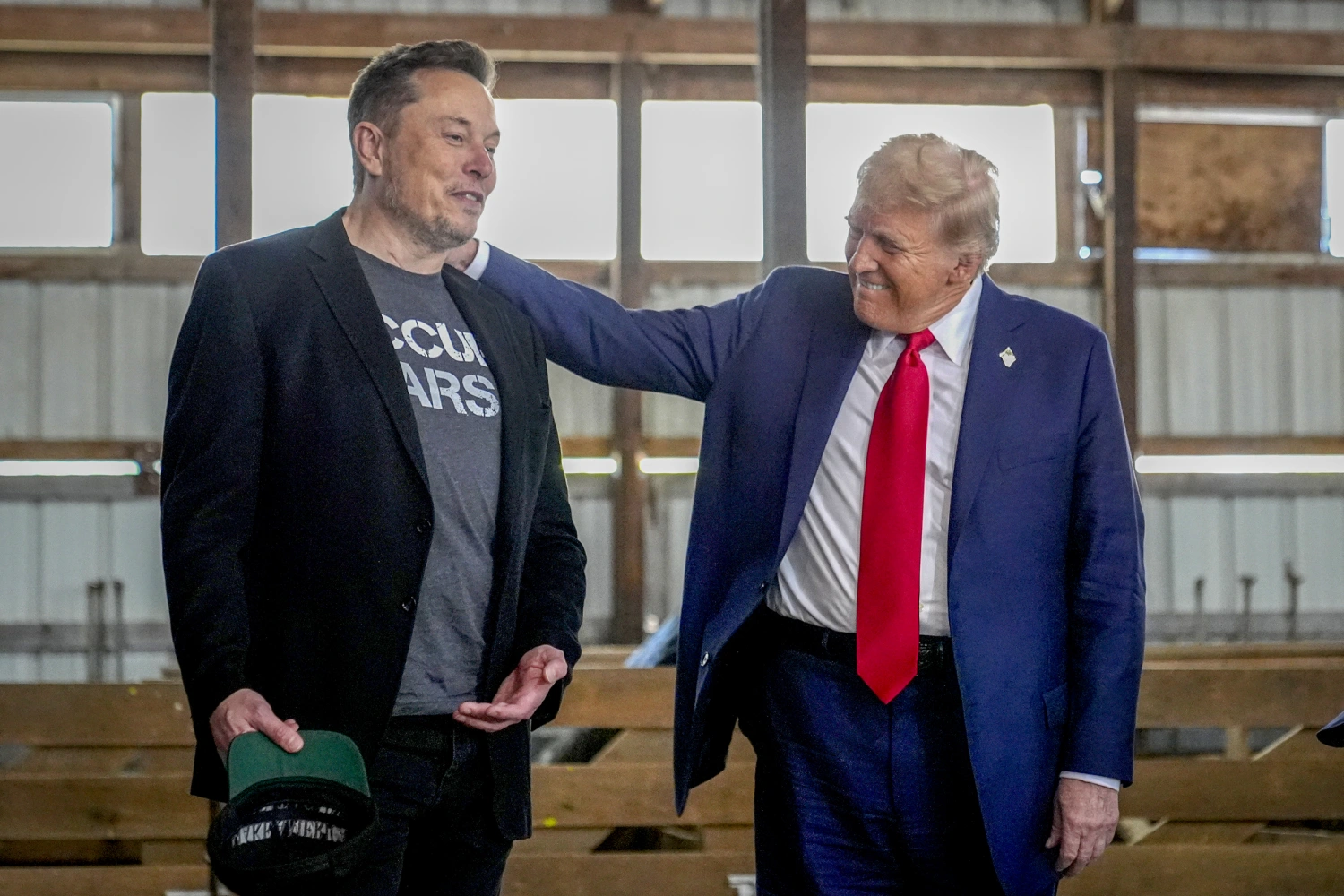
He was referring to the president’s self-described “big, beautiful” budget bill, a sweeping measure filled with tax breaks, inflated defense spending, and ballooning deficits. “I’m disappointed,” Musk admitted, adding that the bill “undermines the work” of Doge.
Within hours, offboarding procedures had begun. Though his exit had been anticipated, the timing felt like a parting shot — a billionaire’s version of walking off the battlefield mid-campaign.
The Blowback at Tesla
Outside Washington, the consequences of Musk’s brief foray into public service were mounting. Tesla, his electric car company and pride of innovation, posted the largest sales drop in its history; down 13% in the first quarter. Its stock plummeted 45% before rebounding modestly.
Critics blamed “changing political sentiment.” Protesters vandalized Tesla showrooms and charging stations. The backlash grew so intense that U.S. Attorney General Pam Bondi warned such acts would be treated as “domestic terrorism.”
“Doge is just becoming the whipping boy for everything,” Musk lamented to the Washington Post on Tuesday, speaking from Texas ahead of a SpaceX launch. “Something bad would happen anywhere, and we would get blamed for it even if we had nothing to do with it.”
In April, he had already signaled retreat. “The time I allocate to Doge will drop significantly,” he told investors on an earnings call. “I will be allocating far more of my time to Tesla.”
At an economic forum in Doha this week, Musk reaffirmed his commitment to Tesla, promising to stay at the helm for another five years. He also pledged to “cut back” his political donations — a remarkable reversal after funneling nearly $300 million into Trump’s 2024 campaign and GOP super PACs.
For Musk, the Doge experiment may be ending. But the ripples; economic, political, and cultural, are far from over. A self-made mogul with Mars on his mind tried to reengineer the federal government the same way he builds rockets and electric cars: break it down fast, rebuild it leaner.
But governments are not machines. And people are not parts.
The story of Musk in government ends, as many of his ventures do, in ambiguity; a blur of brilliance, bravado, and backlash. What remains is a federal workforce still reeling, a political landscape unsettled, and a tech titan returning to his empire, changed, perhaps, by what he tried to change.
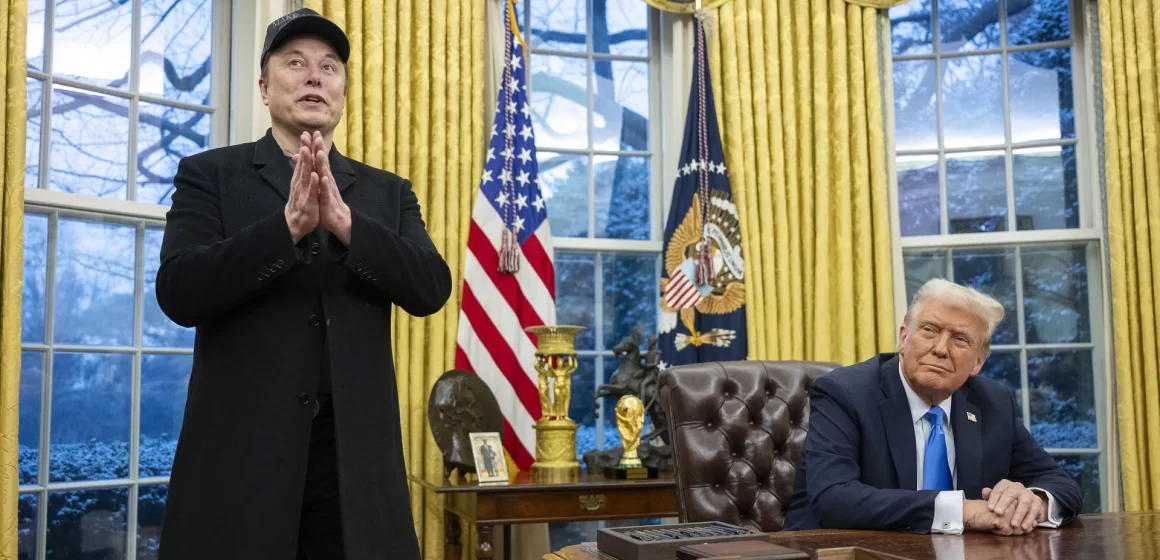
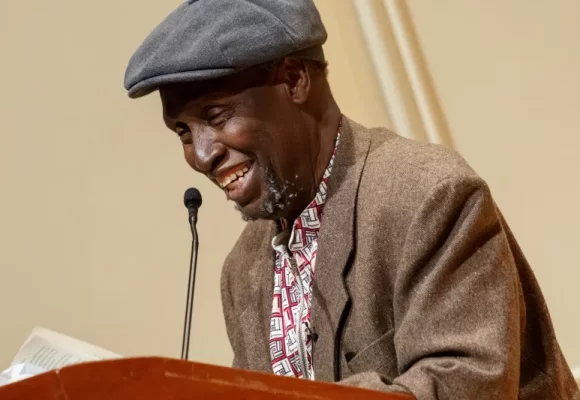



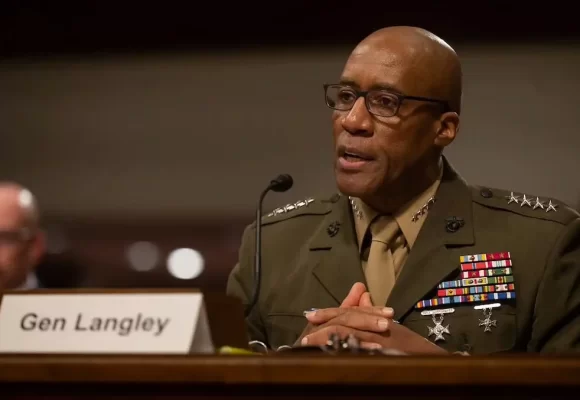


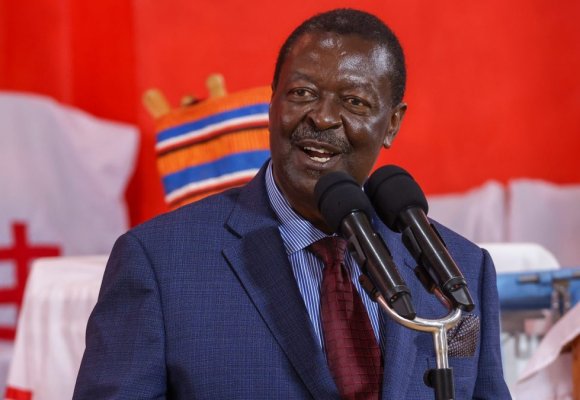


LEAVE A COMMENT
You must be logged in to post a comment.